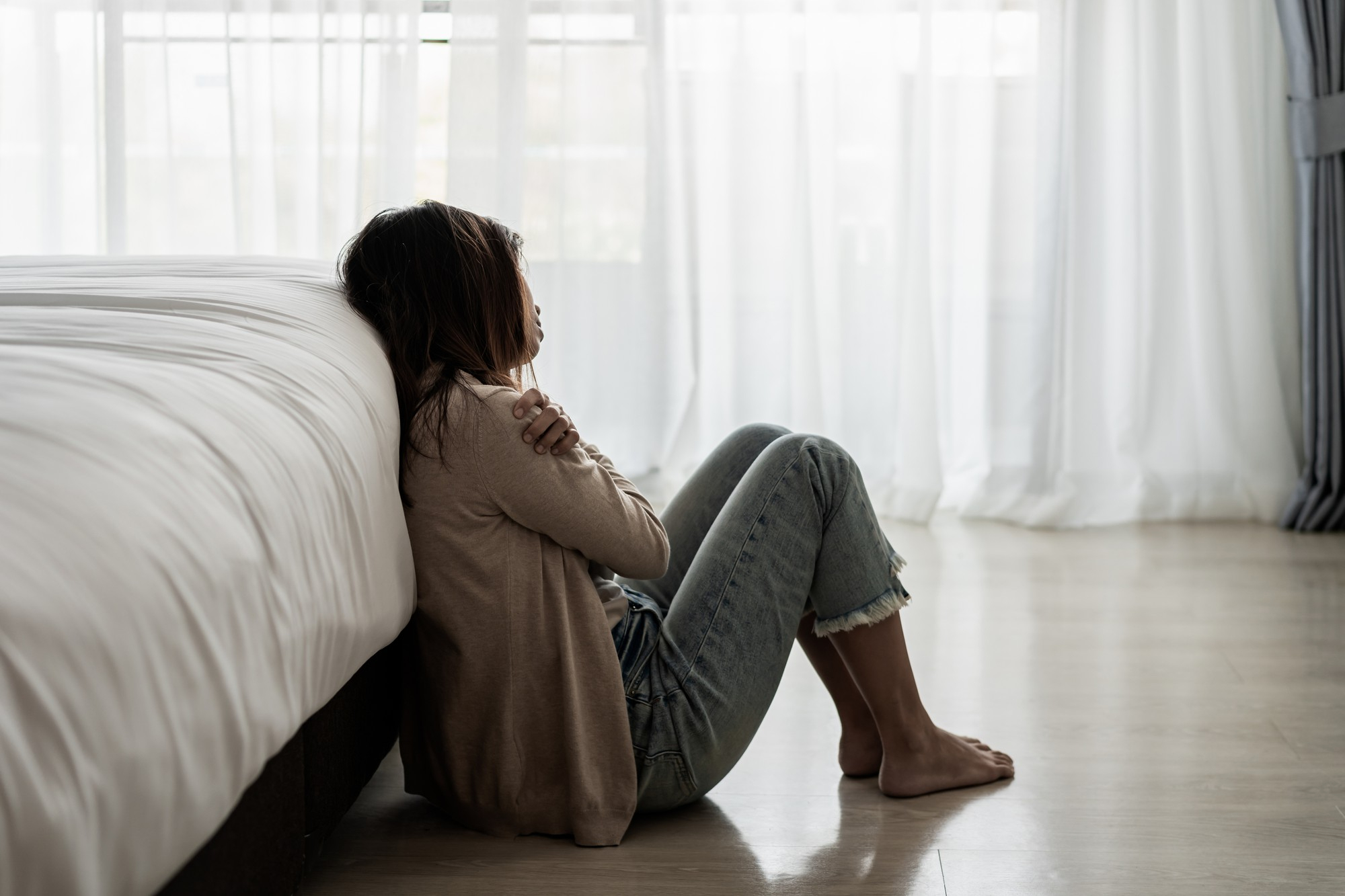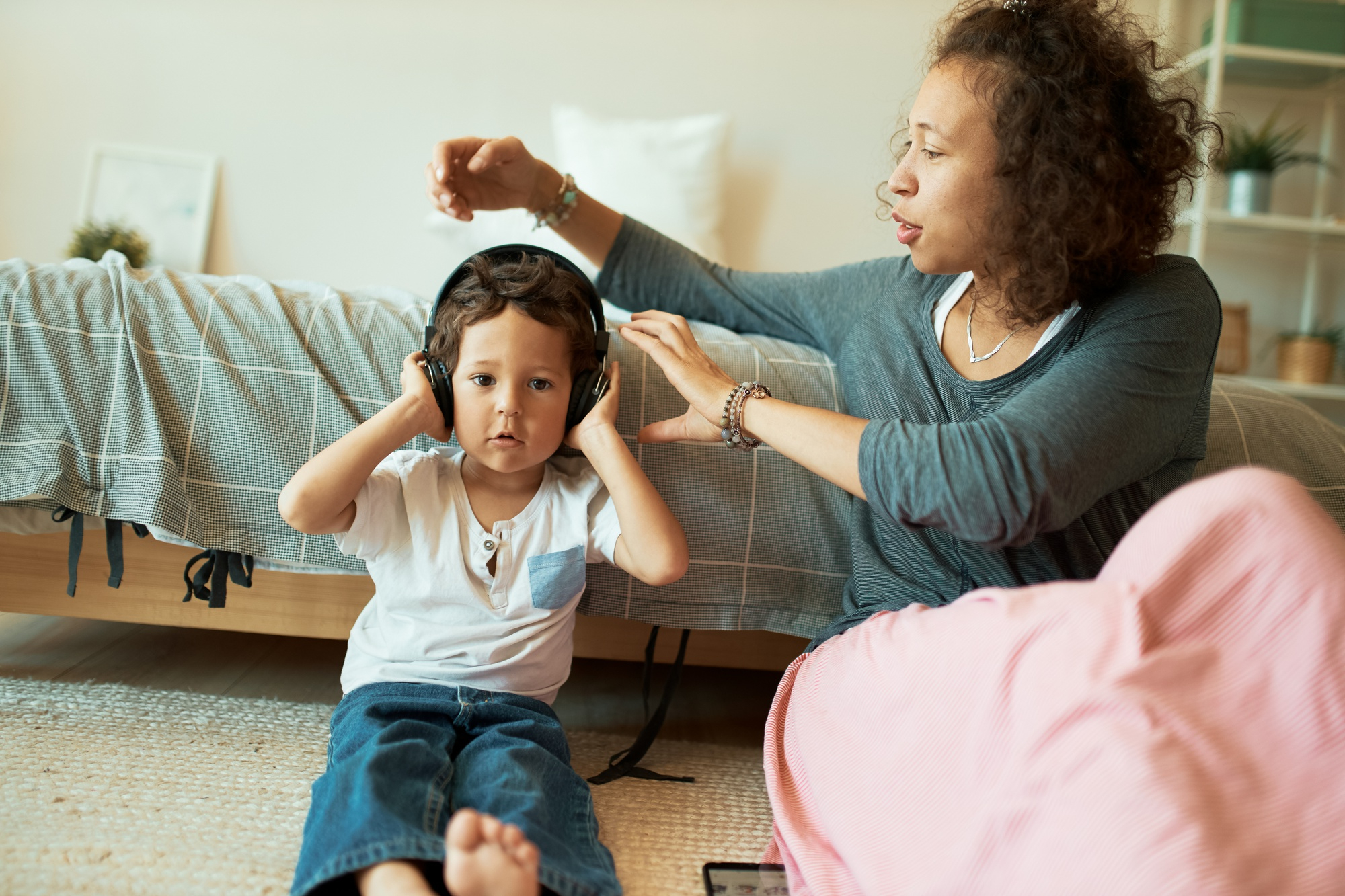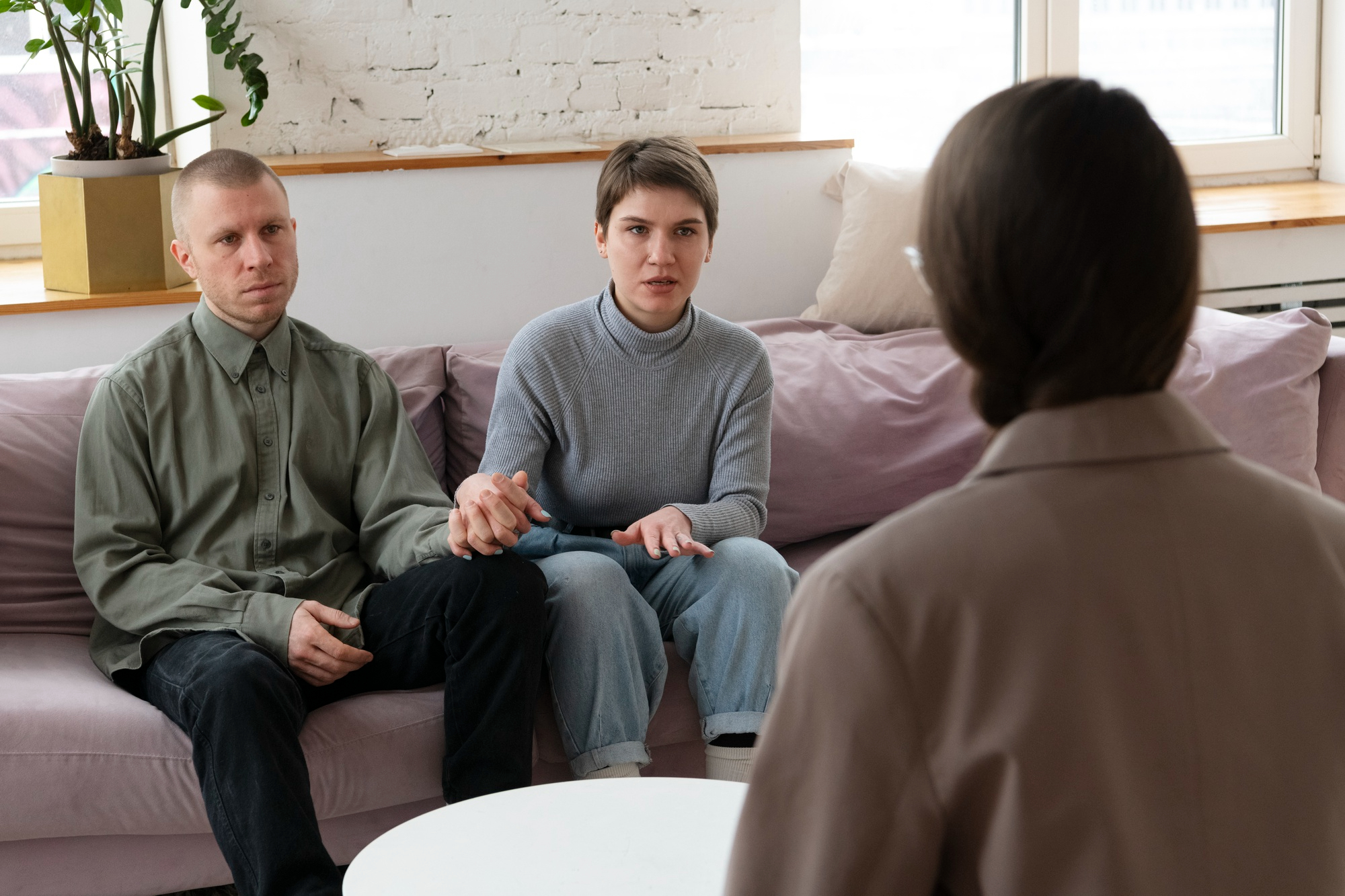Have you noticed that while the change in seasons is coming and winter is almost here, you’re starting to feel different in the fall? Maybe you feel like something doesn’t feel right. Perhaps you’re feeling low energy, moody, and overall bland. But why?
As the weather shifts, some people may experience symptoms of a specific form of depression. That form is called seasonal affective disorder, or SAD. It’s a depression often triggered by changes in weather and the shift in daylight.
As with any form of depression, SAD is worth addressing especially if the symptoms last beyond the season where you experience them at their most extreme. We’re here to help you discover what SAD is and how you can navigate it during the shifts in seasons.
To start, what is SAD?
Seasonal affective disorder is a depression related to the changing of the seasons, beginning and ending around the same time each year. Symptoms start in the fall and continue into winter, often dissipating during spring and summer.
There is also a reverse form of SAD worth mentioning. Some people will experience SAD stronger during the spring and summer months, with their symptoms dissipating during fall or winter.
In both cases, symptoms of SAD can start as mild, and then as the season moves forward, they can become more severe, before dissipating once a new season arrives.
Symptoms and Signs of SAD
Signs and symptoms:
- Feeling lethargic, sad, or down most of the day, almost every day
- An increased loss of interest in enjoyed activities
- Feeling sluggish and having low energy
- Issues with sleeping too much or too little
- Weight gain, overeating, and carbohydrate cravings
- Issues with concentrating
- Feel guilty, hopeless, or worthless
- Ruminating thoughts and/or suicidal ideation
Signs of Fall and Winter SAD, with symptoms specific to winter’s onset:
- Oversleeping
- Changes in appetite, craving carbohydrates
- Weight gain
- Low energy, tiredness
Signs of Spring and Summer SAD, with symptoms specific to summer’s onset:
- Issues with sleeping too little, or insomnia
- Poor appetite
- Weight loss
- Anxiety or agitation
- Increase in irritability
Causes and Risk Factors of SAD
While there is no real specific cause of SAD, there are some factors that can contribute to a potential cause.
- Circadian rhythm (biological clock): When there is less sunlight, it can disrupt your body’s internal clock.
- Levels of serotonin: Serotonin (brain chemical, neurotransmitter) affects mood. Drops in serotonin can be attributed to less sunlight.
- Levels of melatonin: Melatonin plays a role in your sleep patterns and mood. The change in seasons may disrupt the balance of your body’s level of melatonin.
Increased risk factors can include:
- Family history: specifically blood relatives who have SAD or other forms of depression.
- Major depression or bipolar disorder: if you have one of these conditions, your symptoms may worsen during the changing seasons.
- Living far from the equator: SAD in winter is more common among those living far north or south of the equator, due to less sunlight during winter and longer days during summer.
- Low in vitamin D: vitamin D can be produced in our skin when exposed to sunlight and helps boost serotonin. Less sunlight and not enough vitamin D from other sources can result in low levels.
How Common is SAD?
In their lifetime, about 2-3% of Canadians will experience SAD, with 15% experiencing a milder form leaving them only slightly depressed, yet able to navigate day-to-day life without big disruptions. Of all cases of depression, people with SAD make up about 10%.
Groups of people who are at higher risk include:
- Adults. Adults are at higher risk than children and teens with risk declining at age 50, though it’s unclear why.
- Women. Some research concludes that women are up to 9 times more likely to be diagnosed with SAD.
All forms of depression can limit one’s ability to live day-to-day to their fullest potential, to enjoy time spent with loved ones, and to function well at work. Therefore, it is important to address SAD before treating it.
Ways to Navigate Your SAD
- Speak to your doctor. Being a form of depression, SAD needs to be diagnosed by a professional. They have a bunch of screening questions that can help determine if someone has depression, and they can determine if it is SAD or another form of depression.
- Prepare your mind in the fall. Preparing for the transition from fall to winter includes more than simple changes in wardrobe or prepping your home for the coming season, your mind can use the preparation too. Allowing time for activities that boost your mood can help you feel physically and psychologically healthier. By regularly doing these activities ahead of the season transition is easier than trying to begin from nothing once your winter blues arrive.
- Dawn simulator. Dawn simulator is an alarm clock, but instead of using loud music or beeping, it produces light which gradually increases in intensity, like the sun does when it rises, with the best ones to use being full-spectrum light.
- Social activity prioritization. When you have SAD, social activities are especially important. Creative ways to be connected to other people are important. When winter darkness or weather keeps you indoors more than you’d like, there are other ways to interact with people to socialize. Using programs like FaceTime, Messenger video calls, Skype, Zoom, and other video-based applications and programs helps to stay connected visually without being in person and you are all safe from the weather conditions in your own home.
- Stick to a schedule. Those who live with SAD may have issues sleeping at night and getting out of bed in the morning. Sticking to a schedule regularly helps to improve sleep, which helps alleviate SAD symptoms.
- Stay active. Exercising helps alleviate symptoms of SAD, as with other forms of depression. It can help offset weight gain, which is a common symptom. Outdoor exercise is best recommended because you get the benefits of the sunlight as well as the benefits of the exercise itself. If you’re unable to get outside, using a treadmill, stationary bike, elliptical machine, or some form of movement close to the window or gym will help you get exposed to some light.
- Let the sun in. Get outside as often as you can during your day to take advantage of the sunlight. When indoors, open your blinds and curtains to let in as much sunlight as possible. While working remotely, choose your workspace near natural light if you’re able.
- Vacation or “staycation”. If you are in the financial situation to do so, taking a vacation during winter to a warmer climate can help alleviate your symptoms of SAD. Short breaks from daily routine in a place that is sunny can be helpful during winter depression. Excitement for going away lifts your mood when you prepare for your vacation and lingers a few weeks after returning. If finances don’t allow for a vacation away, a “staycation” can be effective in relieving some of that winter stress. Take some time off work and find ways to do vacation activities in your home and around the community.
- Avoid alcohol. Drinking alcohol when you’re depressed intensifies the depressive symptoms you’re feeling and can lead to a downward spiral in your life. If you notice a change in your drinking habits, examine what is behind this behaviour. If you think you may have an issue with alcohol, speak to your doctor or therapist.
- Journaling. A positive effect on your mood can be achieved by writing down your thoughts and feelings in a journal. When you jot down your issues and identify your triggers of depression, and what you find lifts your mood, it all helps you cope with your depression. The best time to journal is at night before bed, to reflect on your day and include your thoughts, feelings, and concerns.
- Vitamin D. When you are deficient in vitamin D it can be a risk for symptoms of depression. Speak to your doctor about testing your vitamin D levels and whether supplements are needed and right for you.
- Stay warm. When you are cold, it makes you more depressed. Staying warm helps reduce your winter depression by half. Hot drinks and hot food help to keep warm, along with warm clothing and shoes and aim for keeping your home between 18C and 21C (64F and 70F).
- Healthy eating. By eating a healthy diet, you boost your mood, get more energy, and reduce the risk of weight gain. Try balancing carbohydrate cravings (pasta and potatoes) with fresh fruit and vegetables.
- Try a new hobby. New interests help to keep your mind active and ward off your SAD symptoms. Something to look forward to and concentrate on such as a new card game, singing, crocheting, joining a club or organization, volunteering, joining a gym, or blogging, for example.
- Join a support group. By knowing you are not alone, sharing experiences with others who know what you are going through can be therapeutic and help make symptoms of SAD more tolerable.
- Talk it out. Treatments such as counselling, psychotherapy, and CBT (cognitive behavioural therapy) can help cope with symptoms.
Our staff at Hopewoods is available when you need us to provide you with individual counselling services for SAD (seasonal aversion depression or seasonal affective disorder). We can help with identifying your particular triggers and provide coping strategies and mindfulness techniques.
If you or someone you know experiences SAD, please do not hesitate to reach out for help. Contact us at Hopewoods Psychotherapy and Consulting Services with any questions or concerns regarding our counselling services. Should you feel you need specific help you can book a free 30-minute consultation here.









 by
by